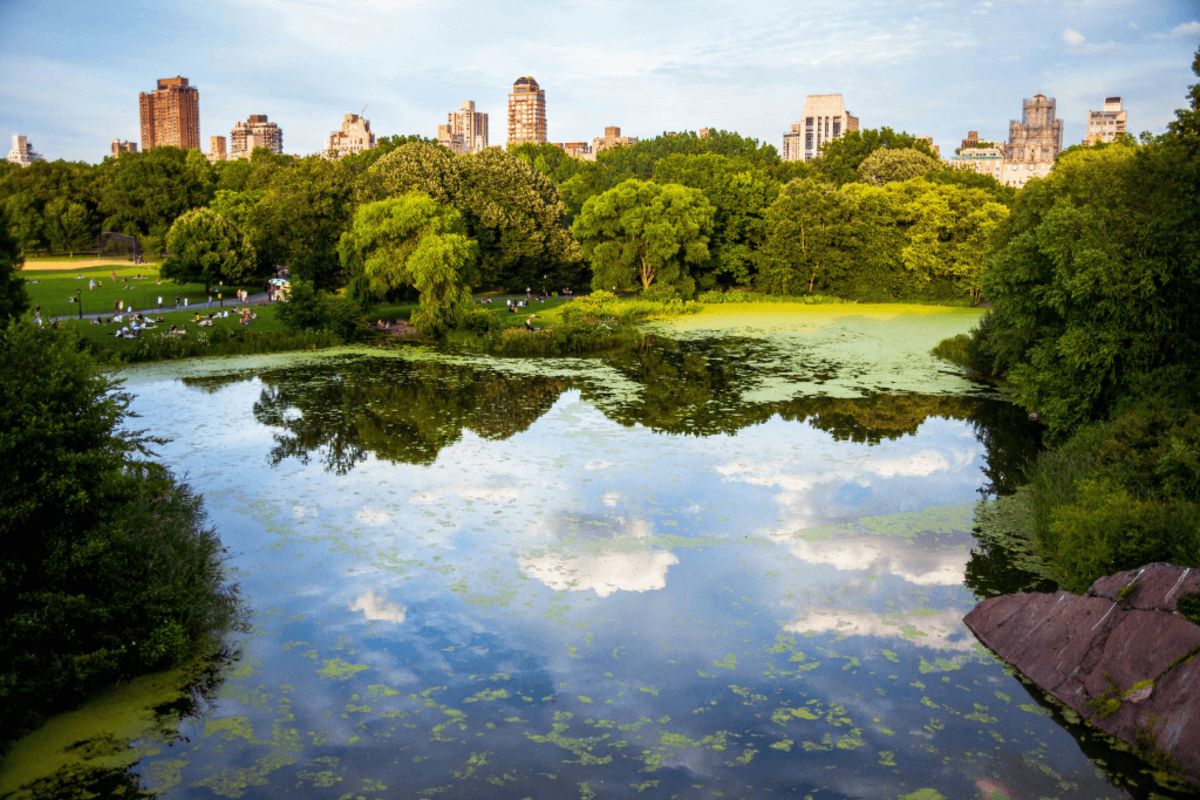
dormakaba Editorial Team

Rafael Gónzalez-Palencia
Rafael is a journalist and editorial expert with over 20 years of experience in news operations and digital content development. He is the author of the 'Marca Style Book' (2012) and has worked for Unidad Editorial, the Global Media Group, and the Axel Springer Group before joining dormakaba as Digital Editor.
Related articles

Urbanization
Cheonggyecheon: How a Reclaimed River Brought Life to Seoul
South Korea's story is one of phenomenal economic growth and rapid urbanization. Following the devastating Korean War between 1950 and 1953, in just a few short decades, Seoul transformed from a war-torn city into a bustling megacity, as South Korea flourished as a global leader in technology and innovation.

Urbanization
Cultural and Political Gentrification: How Urban Spaces Can Survive to It
Urban renewal through gentrification sparks debate—growth for some, displacement and cultural loss for others.

Urbanization
Storm Tanks: The First Line of Defense Against Catastrophic Floods
Climate change brings shorter, heavier rainfalls, boosting flood risks. Storm tanks help by storing and gradually releasing excess water.